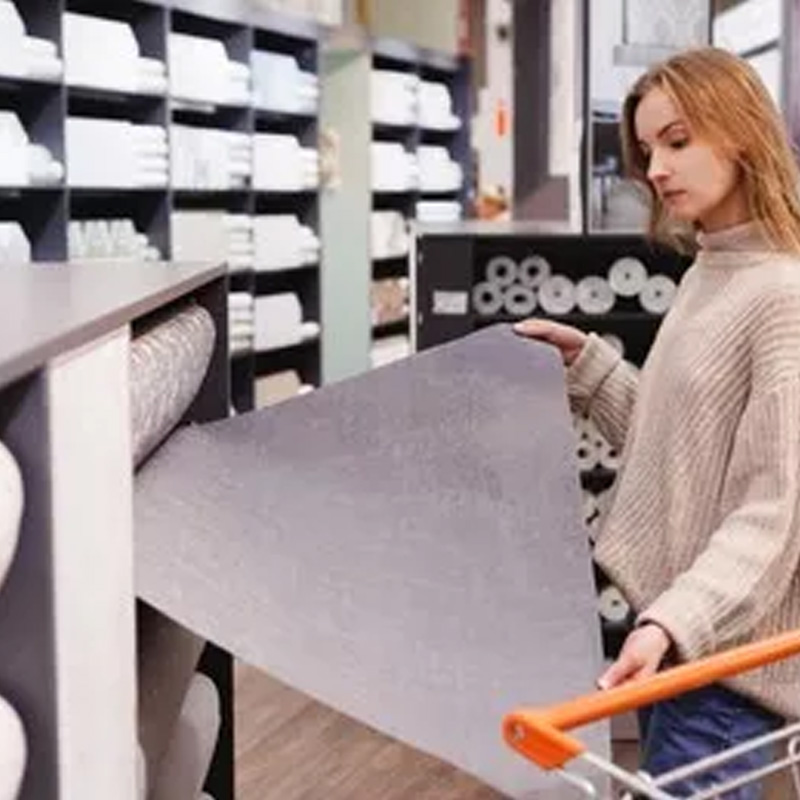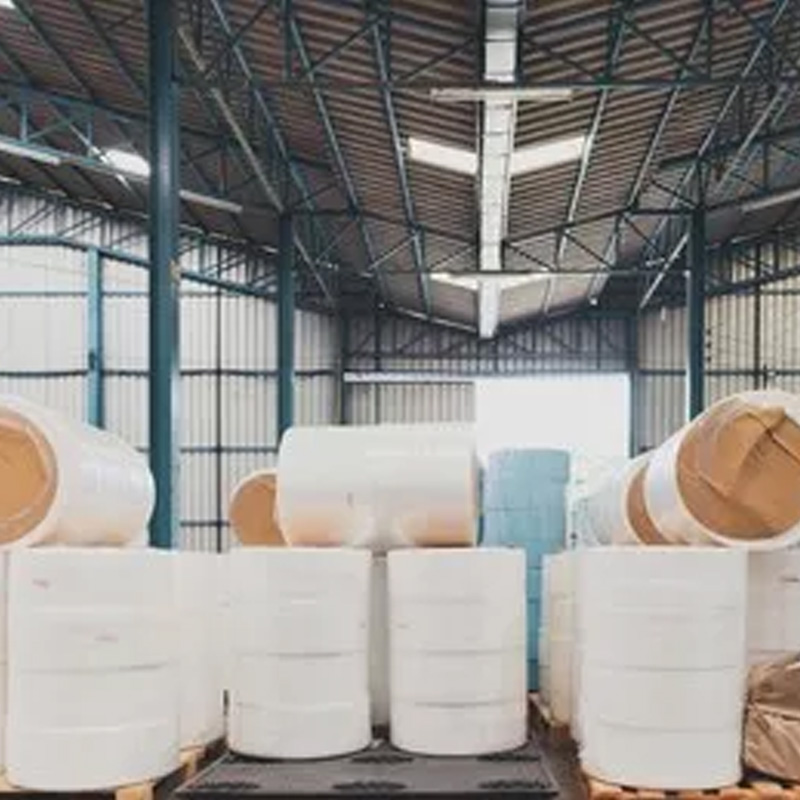Why non woven fabrics don't fray?
Non woven fabrics also known as nonwovens, nonwovens are also divided into durable and not durable two types.
Disposable non woven fabrics, or non-durable non woven fabrics have wet wipes, masks, disposable surgical gowns, health care products (e.g., sanitary napkins, diapers, etc.), medical dressings and so on
Non woven fabrics for industrial use (cement bags, filtration materials, insulation materials, etc.), non-woven fabrics for agricultural use (agricultural harvest cloth, geotextile, thermal insulation cloth, etc.), car shed roof and household carpet
Wear resistant non woven fabrics are less likely to be worn than most woven or knitted fabrics. The wear resistant properties of this non-woven fabric make it more popular in some fields.


Why non woven fabrics don't fray?
- Non woven fabric abrasion resistance, by using the characteristics of adhesion fiber because of non-woven fabric with unique chemical properties, making non-woven fabric with a high degree of controllability, high stability and high physical strength, non-woven configuration together with a dense fiber network structure, not only do not disperse like knitting fabric, also reduce the wear between the fibers. Although non woven fabric has a certain physical strength, but the application of enough tension can also make non woven fabric is stretched. But the wear resistance of nonwovens remains. Nonwovens often bind polyester fibers together by pressure, heat, or glue. Even simple products commonly used in the craft category (e.g. felt, carpet) can show their properties of resistance to wear and tear.
- Nonwoven fabrics do not wear out another major reason comes from the three main methods of bonding the fibers in nonwoven fabrics together, using chemical bonding with adhesive compounds, mechanical bonding by winding the fibers, and thermal bonding by melting the fibers back together. These three methods provide structural rigidity and a degree of uniformity for nonwovens, allowing nonwovens to acquire nonwear properties that make wear unlikely.
- Non-woven fabrics will not wear another important reason is that non-woven materials are generally specially manufactured, often according to customer needs to have the characteristics of production, so it is not easy to wear. With the continuous progress of non-woven production technology, we can make the production of non-woven fabric through the change of production process to meet customer requirements of any characteristics, non-woven fabric is therefore widely used in various fields and various environments.
Something you should know about durable non woven fabric:
Why does durable non-woven fabric appear this statement?
An important advantage of non woven fabric is that they are very durable and therefore last a long time. Non woven fabrics use a variety of techniques to lock or glue synthetic fibers together, unlike traditional fabrics that are woven together. It is because of this manufacturing process that the non-woven fabric can be more resistant to tear and wear. In addition, durable non-woven fabrics sometimes go through some special treatment, such as adding waterproof coating to increase its durability. To sum up, there is a durable non-woven fabric this statement.
Durable Nonwoven Fabric Formation
Nonwovens are made by bonding fibers together through chemical, mechanical, thermal or solvent processes. The result is a fabric that is strong, absorbent and resistant to mold, mildew and other environmental damage. Nonwoven fabrics are used in a wide variety of fields from medical and industrial products to personal care and clothing. They are also increasingly popular for use in home decor, such as furniture and curtains.
The formation process of durable non-woven fabric is very complex, generally speaking, there are the following steps:
(1) Polyester fabric weaving: polyester fabric is woven by spinning machine first, usually polyester fine yarn or polyester roving yarn.
(2) Pulling comb: the woven polyester fabric should be pulled through to increase elasticity and softness and make its texture more fluffy.
(3) Dyeing: dyeing the polyester fabric after drawing and combing so as to obtain polyester fabric of different colors.
(4) Heat treatment: the dyed polyester fabric is heat treated in order to increase elasticity and wear resistance, so that it has tensile strength and durability.
(5) Polyester fabric finishing: polyester fabric finishing, in order to improve the surface smoothness of polyester fabric, make its texture more delicate and comfortable.
(6) polyester fabric ironing: The polyester fabric after finishing, after ironing, so that it has wrinkle resistance and durability, in order to better meet the requirements of use.
(7) Polyester non-woven fabric forming: The polyester fabric will be ironed, ironed, sorted, divided and other processes, and finally formed durable non-woven fabric.
